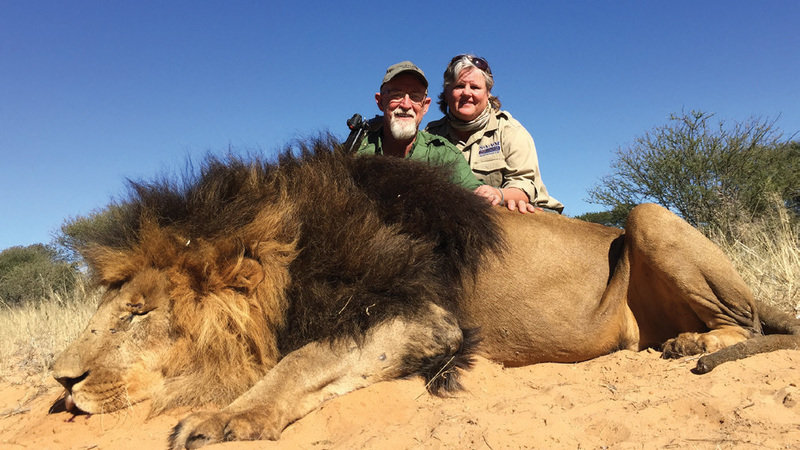- About
- Topics
- Picks
- Audio
- Story
- In-Depth
- Opinion
- News
- Donate
-
Signup for our newsletterOur Editors' Best Picks.Send
Read, Debate: Engage.
| January 27, 2021 | |
|---|---|
| topic: | Conservation |
| tags: | #Amur leopard, #conservation, #wildlife protection, #elephant poaching |
| located: | Russia, China |
| by: | Ama Lorenz |
The answer to how many Amur leopards are left in the world is, sadly, only around 100 in the wild.
The encouraging part of this statistic is that their numbers have begun to rise over the last decade due to conservation efforts. Yet this beautiful animal remains critically endangered and is the rarest big cat you can see in its natural environment.
The Amur leopard lives the furthest north out of the sub-species of leopards, having adapted to the colder climates of the area it inhabits. The bulk of the population of Amur leopards resides in south-west Primorye in Far East Russia, with a smaller number found across the border in China. There are also unsubstantiated reports of sightings in North Korea.
The Amur leopard is a nocturnal animal which usually hunts and lives alone, with individual territories ranging from 20 to 120 miles in size. Although smaller than its African cousins, the Amur leopard can still reach speeds of 37mph when hunting its prey - usually deer, moose or wild pigs.
The region of the Russia/China border where the Amur leopards reside is mature forest, where they are insulated from the colder climate in winter by their thick fur, which grows to 7cm in length.
Away from the wild, the numbers of Amur leopards in captivity within the Global Species Management Program are 213, according to figures from the Zoological Society of London, with over half that number in the European breeding program.
The answer to this question is twofold. Sadly, the beautiful and distinctive spotted fur of the Amur leopard makes it a target for poachers who can sell the fur on the black market for large sums of money.
The animal is also hunted and killed for its bones, which are used in traditional medicinal practices on the Asian continent. The second major threat is habitat loss. From 1970, around 80 percent of the habitat of the Amur leopard was lost in under 15 years due to forest fires, logging and conversion to agricultural land.
As well as depriving the Amur leopard of its natural forest habitat, such loss also depletes the numbers of the wildlife which the Amur leopard depends on as a food source. Poachers and hunters also kill the animals which the Amur leopard prey on for food, and therefore this also has a knock-on effect on Amur leopard numbers.
Conservation efforts involving groups such as the World Wildlife Fund are gradually having a positive effect on reversing the decline in Amur leopard numbers.
Even just a decade ago, Amur leopard numbers in the wild were believed to be as low as 30, so the current count of around 100 is a sizeable improvement in such a short period of time.
One of the primary areas focussed on by charities and local groups looking to raise Amur leopard numbers has been the introduction of anti-poaching teams in the region. As well as providing a presence to put off potential poachers, these teams also help monitor Azur leopard numbers with the aid of camera traps, while also involving and educating the local communities on why the Amur leopard is important in maintaining the health of the region’s forest ecosystem.
Local residents who become involved in helping in the conservation of endangered animals and their habitat can also receive financial support.
In years to come, when someone asks 'how many Amur leopards are left in the world?', the establishment in 2012 of the Land of the Leopard National Park will hopefully mean the figure has continued to rise, and that they are not such a critically endangered species. Formed through the merger of three existing nature reserves, this newly created national park consists of 650,000 acres and is designed to help protect Amur leopard numbers.
It incorporates a remote area of forest in South East Russia, and makes up approximately 60 percent of the Amur leopard’s natural habitat.
The park covers the Amur leopard’s breeding grounds, further enhancing the chances of rising Amur leopard numbers.
While the Amur leopard numbers have increased in recent years, there is still understandable concern that they can also quickly decline again.
With a species numbering only around 100, all within the one region, it makes them highly vulnerable to a catastrophe such as disease or a forest fire. However, the creation of the protected Land of the Leopard National Park provides optimism that the upward trend in numbers can continue.
The important deterrence of anti-poaching controls remains vital, as does the deterrence of a jail sentence that has been introduced in Russia for anyone caught poaching rare animal species. Continued cooperation with the local people to help avoid coming in to conflict with roaming Amur leopards is also key.
Raising awareness of the plight of the Amur leopards has also been a priority for conservationists, and being able to film these beautiful animals in order to show them to government officials helped get the Land of the Leopard national park set up. Yet, while numbers are still low, the plight of every single leopard in the wild is crucial in increasing breeding numbers.
This is why protecting their habitat is equally relevant in reversing the decline in Amur leopard numbers, as well as for protecting other species that live in this region of South East Russia, including Amur tigers.
Image by John Willis.
By copying the embed code below, you agree to adhere to our republishing guidelines.

